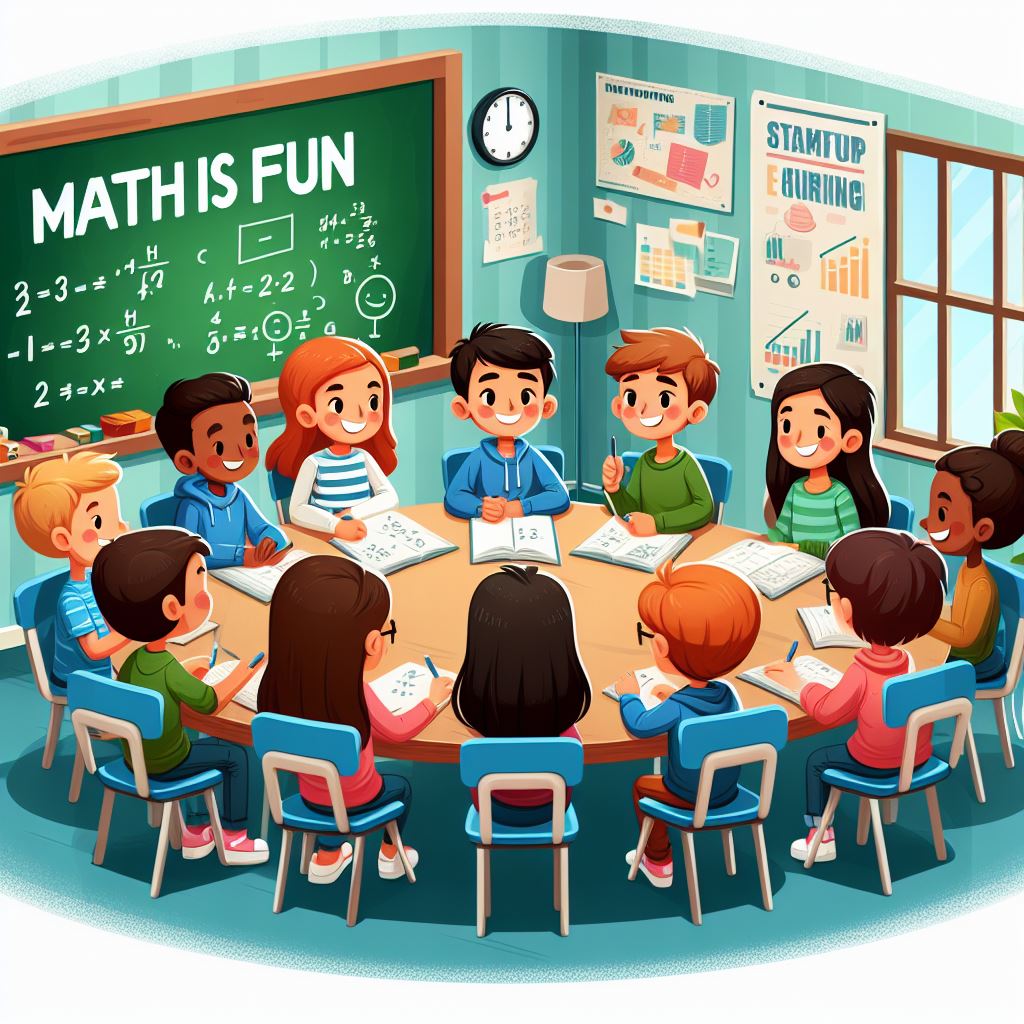
Take from: Bing image creator
TEACHER: Santiago Vasquez Giraldo
INSTITUTIONAL EMAIL: santiago.vasquez.g@liceopinoverde.edu.co
HOURLY INTENSITY BY CYCLE (HIC): 5 hours
GRADE: 6th A & B (MYP 1) - Track A
PERIOD: 1
I. INTRODUCTION
Mathematics is not just a subject we study; it's a language that helps us make sense of the world around us. In this course, we will explore the beauty and relevance of mathematics in our everyday lives.
Throughout the year, we will delve into various mathematical concepts, from numbers and operations to algebra, geometry, statistics, and more. Our goal is not just to master these concepts but also to understand how they interconnect and apply them to solve real-world problems.
II. GENERAL OBJETIVES
- Foster a deep understanding of numbers and their properties, enabling students to fluently manipulate numerical representations and solve mathematical problems with confidence.
- Improve students' ability to articulate mathematical ideas and strategies effectively, both orally and in writing, fostering clear and concise communication within the mathematical community.
- Promote a conceptual understanding of fundamental mathematical concepts, ensuring that students grasp the underlying principles behind numerical operations and representations.
- Illustrate the relevance of mathematical concepts in real-world scenarios, enabling students to recognize the practical applications of numerical reasoning in everyday life and future endeavors.
III. COMPETENCES / ABILITIES TO DEVELOPKnowing and understanding: Proficiency in mathematics involves selecting and applying appropriate mathematical concepts effectively to solve problems across various contexts with accuracy and adaptability.
Investigating patterns: Applying mathematical problem-solving techniques involves the recognition of patterns and their description as relationships or general rules consistent with findings. It's essential to verify whether these patterns hold true for other examples, ensuring their reliability and applicability beyond the initial instances.
Communicating: Using suitable mathematical language, notation, symbols, and terminology in oral and written statements ensures clarity. Employing appropriate forms of mathematical representation enhances information presentation. Communicating coherent mathematical reasoning promotes understanding and logical flow.
Applying mathematics in real-life context: Identifying real-life elements, selecting suitable mathematical strategies, and applying them successfully lead to solutions. Explaining solution accuracy and relevance to the real-life context ensures practicality.
IV. METHODOLOGY
1. Talk about the topic of the previous class.
2. Provide the guidelines for the work to be done in the class.
3. Indicate the objectives of the class.
4. Ask questions to generate a debate among students and to explore the concepts.
5. Explain the topic and provide the corresponding examples.
6. Carry out individual or group activities.
7. Conclude reflection on the class.
Period/ Year (DP only) Topic / Unit Content / subtopics Length (hours) 1st Period Unit 1: Arithmetic -Diagnostic checkups -Number systems- decimal number system -Set numbers - Rounding, approximation and significative figures. - Number line - Greatest common factor and least common factor - Fractions, decimal and percentages 35 class hours Unit 2: Algebra - Predict the next term in a linear numerical sequence. - Find a general rule for simple sequences 15 class hours 2nd Period Unit 3: Geometry - Geomtric elements and their classification - Quadrilateral properties - Finding the perimeter (circumference) and area of two-dimensional
shapes (2d) - Making conversions between different units of measurement - Measuring angles - Solving problems using the properties of angles in different figures
or positions 25 class hours Unit 4: Statistics - Statistical concepts - Data collection - Plotting and interpreting graphs - Calculating probabilities of simple events - Solving simple problems using tree diagrams 25 class hours
|
|
V. EVALUATION PROCESS
|
Evaluation Criteria |
Percentages |
|
Knowing and Understanding |
25% |
|
Investigating Patterns |
25% |
|
Communicating |
25% |
|
Applying Mathematics in Real-Life Contexts |
25% |
VI. RESOURCES
Technological
- Powerpoint presentation.
- Videos
- Kahoot
- Wheels to select people
- Puzzles
- LiveWorksheets
Bibliography
- Mathematics - 1 - Weber, Kunkel, Simand and Medved - Second Edition - Oxford 2021

- Teacher: Angie Carolina Carmona Jaramillo
- Teacher: Pauline Perry Arbelaez